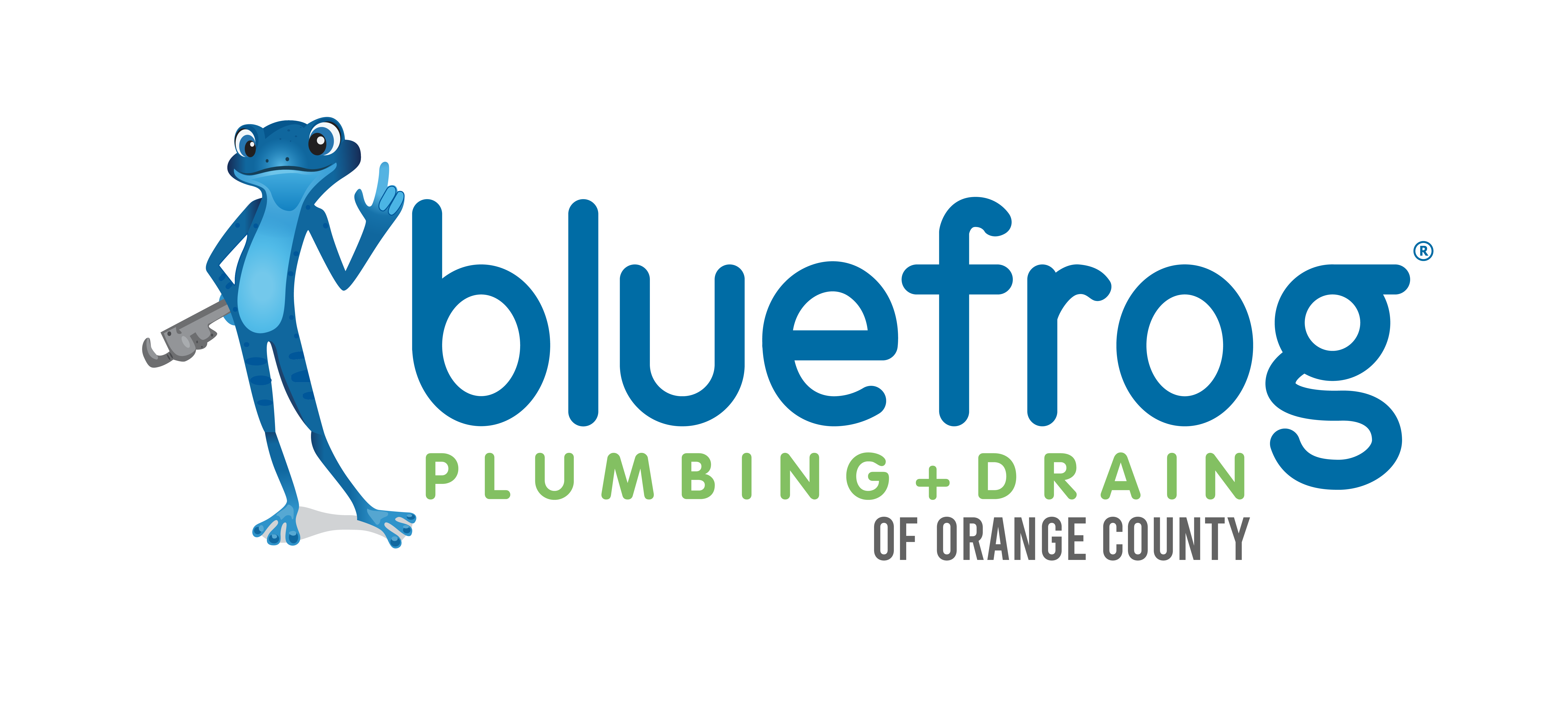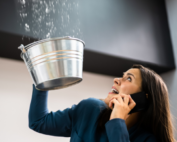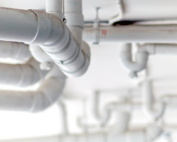Well-functioning plumbing in the bathroom ensures good personal hygiene and enables sanitary conditions but, when troubles arise, our daily lives are thrown into a tailspin and order is compromised. If these issues are not promptly and professionally addressed they can lead to major inconveniences and costly repairs to your home.
In the article, we will look at the 3 most common plumbing problems in bathrooms. We will discuss the signs, causes, and repair techniques we use to solve these problems. We also offer tips on how to avoid plumbing issues or, at the very least, minimize their occurrence.
Clogged Toilet
A properly functioning toilet is an absolute necessity in any bathroom. Signs that indicate your toilet may be clogged are:
- A slow flush
- Rising water levels following a flush
- Gurgling noises
- Bad smells even after a thorough cleaning
- The toilet backs up and overflows
Causes that may contribute to a clogged toilet are many. Old, outdated plumbing may be the culprit but even the most modern toilet can be responsible. Modern, low-flow toilets, designed to conserve water, do not have the power necessary to push waste out through the drain and into the sewer line. This low flow can easily turn into a clogged toilet.
Other causes are problems from hard water minerals clogging water lines, improper flushing habits, too much toilet paper, or a children’s stray toy. It is always wise to monitor children around toilets as their curiosity often leads to trouble. Additionally, remind your family and those visiting that only toilet paper and human waste should be allowed in the toilet and all other waste needs to be placed in the trash.
When faced with a clogged toilet never attempt to clear it using chemical cleaners. These often unblock the clog but can splash in your face while plunging or the fumes can be toxic. Beyond these threats, the chemicals found in these cleaners will definitely ruin your plumbing pipes. We recommend calling every time your toilet clogs.
Our first solution will be to use a plunger or plumbing auger to dislodge or break up the clog. If these two techniques are unsuccessful, hydro jetting may be required. It is worthwhile to mention that a clogged toilet could be a result of a more serious issue involving your sewer line and will require our expertise to distinguish from where the problem is originating. The best preventative measures are to establish good waste disposal habits and to enroll in a yearly plumbing inspection where small issues can be caught early and resolved.
Clogged Sink, Tub, or Shower Drains
You will know you have a clogged drain when it is slow-to-empty or refuses to drain altogether. If the clog is severe enough and goes unattended to for a long period of time the blockage may be accompanied by a foul smell or drains that back up.
Common causes of a clogged drain in the bathroom arise from the use of oily bath products, the buildup of soap scum combined with hair, corroded drain pipes, or, if more than one fixture is involved, tree roots may be invading your sewer line.
Standard plunging and augering are called for but, if the issue remains, we often advise our customers to have a video camera inspection. This allows us to look deep within your plumbing system with a waterproof camera to find cracked, sagging, or collapsed pipes or blockages in your sewer line causing drains in your bathroom to become sluggish.
The best prevention for sink and tub drain clogs is to install hair screens over drain openings, reduce the use of bath bombs and other oily bath and shower products, and invite us out yearly to perform a plumbing inspection of your entire system.
Low Water Pressure
Common signs of low pressure are bathtubs that take a long time to fill, toilets that have a slow flush, and showers that are disappointing due to the low pressure coming from the shower head.
Pressure regulators are installed in homes to help keep water pressure within a safe range. Water pressure that is too high can create leaks in your plumbing system and early replacement of fixtures and water-using appliances. Water pressure that is too low can be annoying and a waste of time. A broken pressure regulator can cause low pressure and if your pipes are also making a banging noise you can be certain your water pressure needs our attention.
We will assess your plumbing system and your water demands to determine if you need larger pipes, a larger water heater, or perhaps your plumbing is outdated and in need of an upgrade.
We can also test your water to see if hard water minerals may be at play. Hard water contains calcium and magnesium and if too many of these minerals are present your plumbing pipes may be filled with corrosion. Corrosion blocks the flow of water resulting in low water pressure. Again, a yearly plumbing inspection can find causes of low pressure early so we can take the necessary steps to keep your system flowing properly.
Need A Bathroom Plumber?
In order to maintain a sanitary home and good hygiene a well-working bathroom is important. With ongoing plumbing inspections,, we can keep your bathroom plumbing in good order and prevent you from suffering the ill effects of a poorly maintained home and the inconveniences of poorly functioning plumbing. It is also up to you to instill good habits in your home to minimize your need for frequent service calls. Together we can keep you and your home in great shape!

Slab Leaks: A True Plumbing Emergency
Home building following World War II was aggressive, so many houses were built on cement foundations to reduce the time it took to build them and to keep costs at a minimum. They were
How To Extend The Life Of Plumbing Pipes
A plumbing system consists of a complicated series of pipes, fixtures, and appliances that provide the infrastructure to run a well-functioning home. In this article, we will focus solely on plumbing pipes and ways
3 Silent Signs You Have A Plumbing Problem
Some plumbing issues announce themselves with a fury such as a drain backing up with sewage or a burst pipe, while others remain silent and destructive. In this article, we will reveal 3 signs



